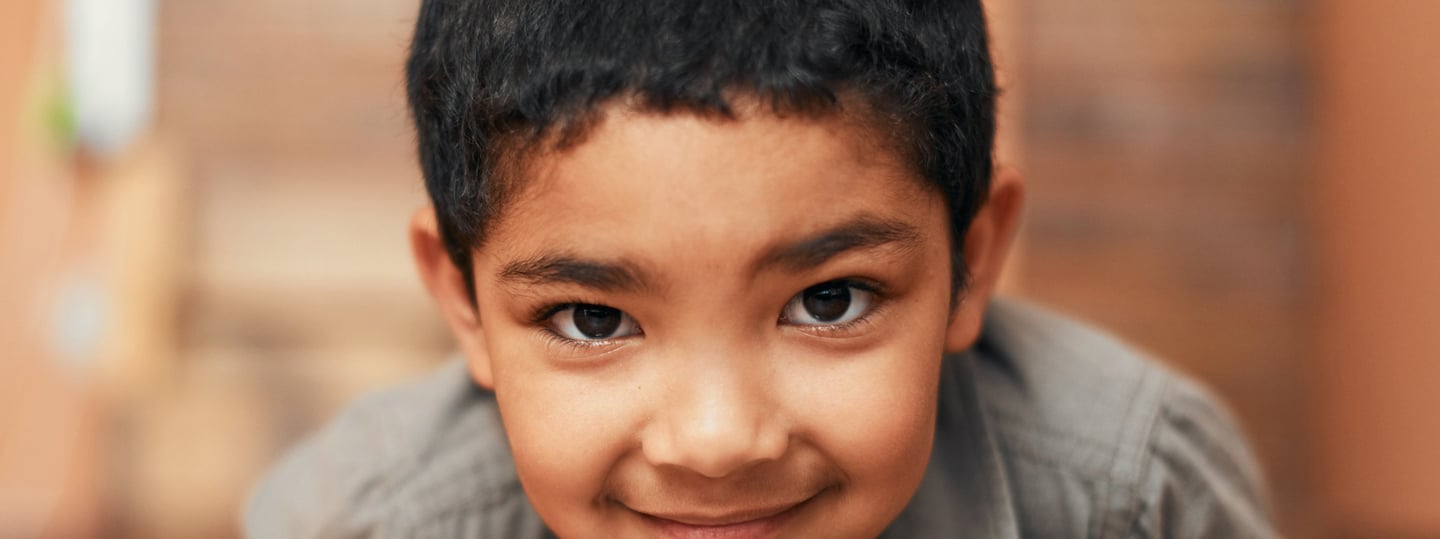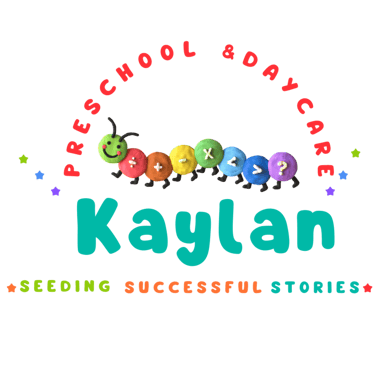Milestones of Development from 0 to 6 Years: A Complete Guide Posted by
Discover the essential developmental milestones that shape a child’s early years in this comprehensive guide from birth to age six. Covering physical, cognitive, language, emotional, and social development, this article offers age-wise insights into how children grow, learn, and interact with their world. Perfect for parents, educators, and caregivers, this guide highlights typical growth patterns, the importance of early intervention, and how tools like Montessori materials can support development. Whether you're tracking your child's progress or planning enriching learning environments, this guide is your go-to resource for understanding early childhood development.
Rupini M
5/19/20253 min read


The period from birth to six years is the most critical in a child’s development. During this time, the brain develops rapidly, and the foundation for lifelong skills—physical, emotional, social, and intellectual—is formed.
What Are Milestones of Development?
Milestones are checkpoints that indicate typical stages of a child's growth. They are broadly classified into:
Physical Development (Gross & Fine Motor Skills)
Language & Communication
Cognitive Development (Thinking, Learning, Problem Solving)
Social & Emotional Development
Understanding these milestones helps parents and educators track a child’s progress and detect early signs of developmental delays.
Why Milestones Matter
Milestones are more than just checklists—they help in:
Early identification of developmental concerns
Personalized support and intervention
Designing engaging and appropriate learning environments
Fostering self-learning and problem-solving through age-appropriate materials (e.g., Montessori tools)
Is Every Child’s Development the Same?
Not at all. Each child is unique.
While milestones provide a general guideline, factors like genetics, environment, nutrition, and caregiver interaction influence development.
For instance, it’s normal for some children to walk at 10 months, while others may start at 15 months.
The Power of the 0–6 Year Window
Dr. Maria Montessori described this stage as the “absorbent mind” phase, where children effortlessly absorb knowledge from their surroundings.
During this phase, children develop:
Rapid brain connections
Language and motor skills
Sensory integration and emotional regulation
A foundation of independence, empathy, and curiosity
Developmental Domains: What to Expect
Here’s a breakdown of developmental milestones by age and domain:
🍼 Birth to 6 Months
Physical:
Lifts head during tummy time
Moves arms and legs with more control
Hands reach mouth; starts to grasp
Language:
Cooing, gurgling, and vowel-like sounds
Turns towards voices and sounds
Cognitive:
Reacts to sensory stimuli (light, touch, sound)
Begins recognizing faces and tracking objects
Social & Emotional:
Makes eye contact, social smiles (6–8 weeks)
Starts bonding with caregivers
👶🏻 3 to 6 Months
Physical:
Rolls over, pushes up on arms
Grasps toys, brings hands together
Language:
Laughs, babbles, mimics tone
Responds to name and “no”
Cognitive:
Begins understanding cause-effect (e.g., rattle noise)
Visual tracking improves
Social & Emotional:
Recognizes familiar people
Enjoys peekaboo and shows excitement
🐹 6 to 12 Months
Physical:
Sits without support, crawls, stands
Picks up small objects with pincer grasp
Language:
Says basic words: “mama,” “dada”
Responds to simple commands
Cognitive:
Understands object permanence
Explores via senses; imitates gestures
Social & Emotional:
May show separation anxiety
Enjoys clapping and being around loved ones
🚼 1 to 2 Years
Physical:
Walks independently, runs, climbs stairs
Builds block towers, feeds self with spoon
Language:
Vocabulary expands to 10–50+ words
Combines two words, identifies body parts
Cognitive:
Begins pretend play, solves simple problems
Recognizes images in books
Social & Emotional:
Begins asserting independence
Engages in parallel play
🧒 2 to 3 Years
Physical:
Runs confidently, jumps, pedals tricycle
Uses utensils, draws lines, strings beads
Language:
Speaks in 3–4 word sentences
Follows two-step instructions
Cognitive:
Sorts objects, solves puzzles
Begins understanding basic concepts (big/small)
Social & Emotional:
Shows empathy, understands “mine” and “yours”
Enjoys group activities
🧠 3 to 6 Years
Physical:
Hops, rides training bike, catches a ball
Dresses independently, uses scissors, writes letters
Language:
1,000–2,000+ words; tells stories
Asks “why” questions, follows complex instructions
Cognitive:
Recognizes patterns, counts to 10+
Understands time concepts; solves problems
Social & Emotional:
Forms friendships, takes turns
Expresses feelings through play, art, storytelling
When to Be Concerned
If your child shows signs of regression or consistently misses multiple milestones, consult a pediatrician or child development specialist. Early intervention can make a significant difference.
Conclusion
The journey from 0 to 6 years is one of wonder, growth, and exploration. Understanding developmental milestones helps caregivers support children in building confidence, curiosity, and compassion.
Bookmark this guide or subscribe to our blog for future updates and in-depth milestone guides for each age group.
FAQs About Developmental Milestones
Q: What if my child misses a milestone?
A: Every child develops differently. However, persistent delays across multiple areas should be evaluated by a developmental expert.
Q: Can Montessori materials support development?
A: Yes! Montessori tools are designed to match a child’s stage of growth, encouraging independent learning through sensory experiences.
Q: How often should I assess my child’s development?
A: Regular check-ins every 3–6 months, along with day-to-day observation, are typically sufficient.
Q: Do culture and environment affect development?
A: Absolutely. Language exposure, caregiving style, socio-economic conditions, and play environments all impact developmental progress.
Would you like this turned into a downloadable PDF guide or a slide deck for presentation?
Get in touch
Address
Prakruthi Residential Layout, 30, near Neo Hospital, Bettadasanapura, Bengaluru, Karnataka 560100
Contacts
096636 30221
info@Kaylanpreschool.com
Copyright © 2025 Kaylan preschool
created by sheliosdigital
